5 things you need to know about USB Type-C
It's not just Apple's baby
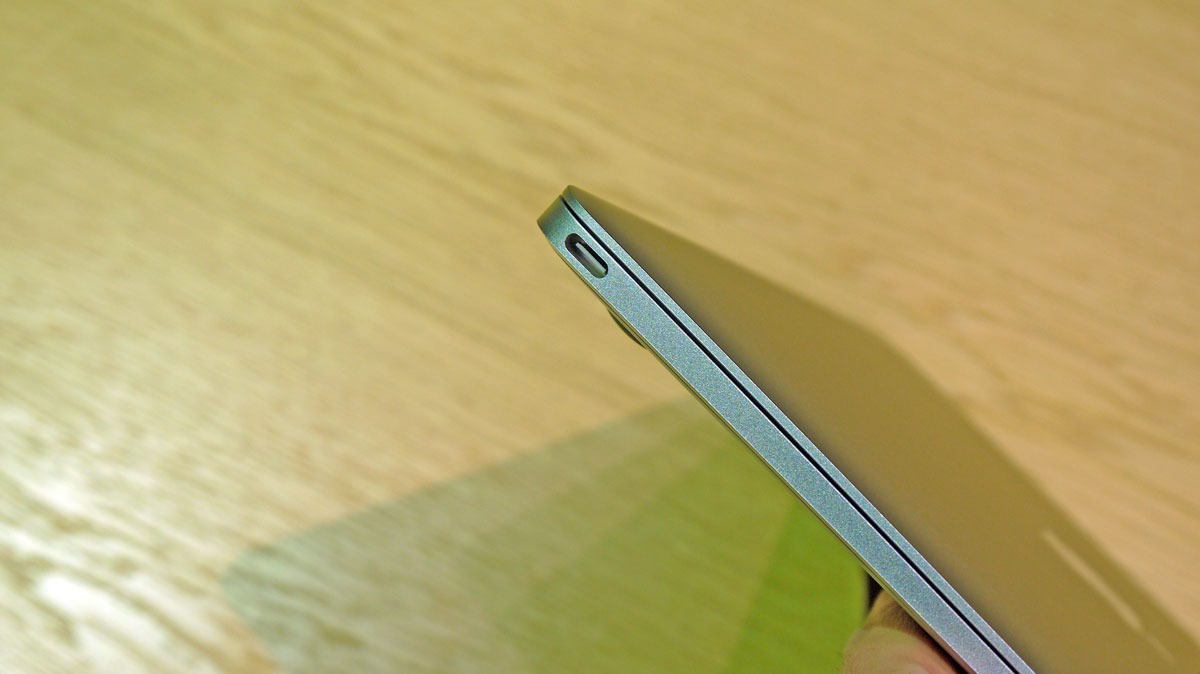
Introduction
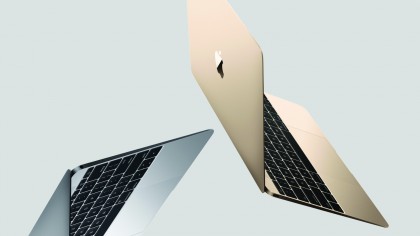
USB Type-C's coronation as the new standard to hit devices was confirmed thanks to its inclusion as part of Apple's revolutionary new MacBook, but most people still don't have the foggiest about why we need another new connector to muddy the waters.
After all, many are still using iPhones that have the old 16-pin connector and there are plenty of consumers still hacked off at having been forced to upgrade peripherals when buying a new device.
With device manufacturers constantly pushing the boundaries when it comes to slimmer devices, the day was always going to arrive when laptops abandoned all other ports in favour of one to rule them all. USB Type-C has aspirations to be just that. What's so good about it though? Here's a list of five things that you should know about the connector of the future.
It's here to make things easier

Cast your mind back to the last decade when you had a plethora of different ports in your PC or laptop to connect it to your external monitor of choice. Seems quite some time ago now that HDMI arrived, doesn't it? Well the days of having an HDMI port in your laptop or PC are now numbered… and so are the comparatively large USB ports that have been the standard for some time.
USB Type-C will spell the end for some of them when it comes to new PCs and mean more space for batteries, processor power and a lot more besides. The one port will be able to connect to all manner of different devices using a hub similar to the multi-USB hubs that some people choose to use on current laptops and PCs.
This brings many opportunities when it comes to charging up laptops and using USB Power Delivery, which we will come back to later on – you could even use the power supply of an external monitor to power your laptop. The future is well and truly here, folks!
Remember everyone - it's just a shape
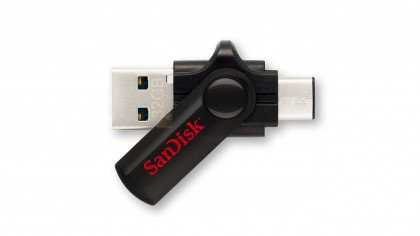
Many users mistakenly think that USB Type-C is a new standard of USB when it is in fact a connector shape that delivers the technology brought by one of the USB standards before.
Sign up to the TechRadar Pro newsletter to get all the top news, opinion, features and guidance your business needs to succeed!
For example, USB Type-C could be present but the 10Gbps bandwidth speeds will only be possible if the technology inside is USB 3.1. If the tech on board is USB 3.0 then it will achieve top speeds of 5Gbps, and this again dips down if USB 2.0 is inside the connector, as with the Nokia N1 Android tablet.
In layman's terms, when you buy a device that is promising a brand spanking new USB Type-C connector that is light-years faster than what's currently on offer, just remember to check it actually has the technology that is being promised. Otherwise it's almost not worth investing in the new tech as it will have no real uplift on the previous incarnation of USB.
Power delivery potential is huge
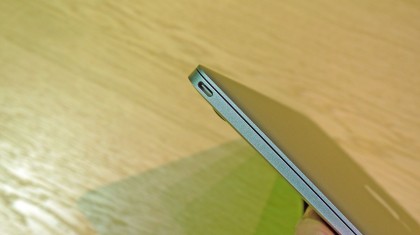
We all know how annoying USB charging can be right now. You plug your smartphone or tablet into a PlayStation 3 or dedicated USB outlet and wait for hours on end for it to gain a full charge, when you could have just plugged it in at the wall and achieved the same result in a fraction of the time. The days of this annoyance will be over once your device supports the USB Power Delivery that is provided by USB Type-C devices.
Why is this the case? It's all to do with the potential Watts that a connector can deliver. Currently a USB 2.0 connection pumps your smartphone with around 2.5 Watts of power, which is fine for smaller devices but little help when you've got a MacBook that is out of battery juice.
The new USB Power Delivery specification can up that to 100 Watts and thus means that laptop chargers could soon be a thing of the past. Even more useful is the fact that it works in two directions. This means that any device supporting the specification and possessing a USB Type-C connector is able to send and receive data over the connection.
This is how you could connect a monitor up to your laptop via USB Type-C and then charge it straight from there.
Backwards compatibility is possible
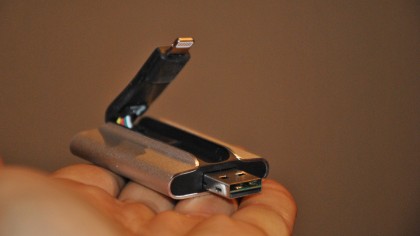
Classic USB-A and microUSB connectors are still used in machines all over the globe, and given this fact many consumers will be worried that their devices will become useless due to the impending arrival of USB Type-C. Wrong.
As we mentioned earlier on, the technology behind USB Type-C isn't new and the days of replacing every peripheral that connects to your PC are not around the corner. By simply buying a physical adapter with a USB Type-C connector on one end and a plethora of ports on the other, you can plug just about anything into a USB Type-C port and start to transition away from the older connectors.
USB-A is still huge

Even though USB Type-C is making its way onto the newer PCs and Macs which are hitting the shelves, USB-A, the first version of USB that most of us are used to, still has a huge presence worldwide. The sheer amount of USB-A ports that exist out there is astounding.
"The standard A connector, there are in excess of 20 billion of those devices in the install base. So I don't see them going away any time soon," Jeff Ravencraft, president and COO of the USB Implementers Forum, told The Verge earlier this month.
The connector has hardly changed since it was first released in the early 1990s and with an install base of that size it's unlikely to ever go away. Also in the developing world, the older tech will stick around for even longer and USB Type-C really has little chance of ever completely getting rid of USB-A.